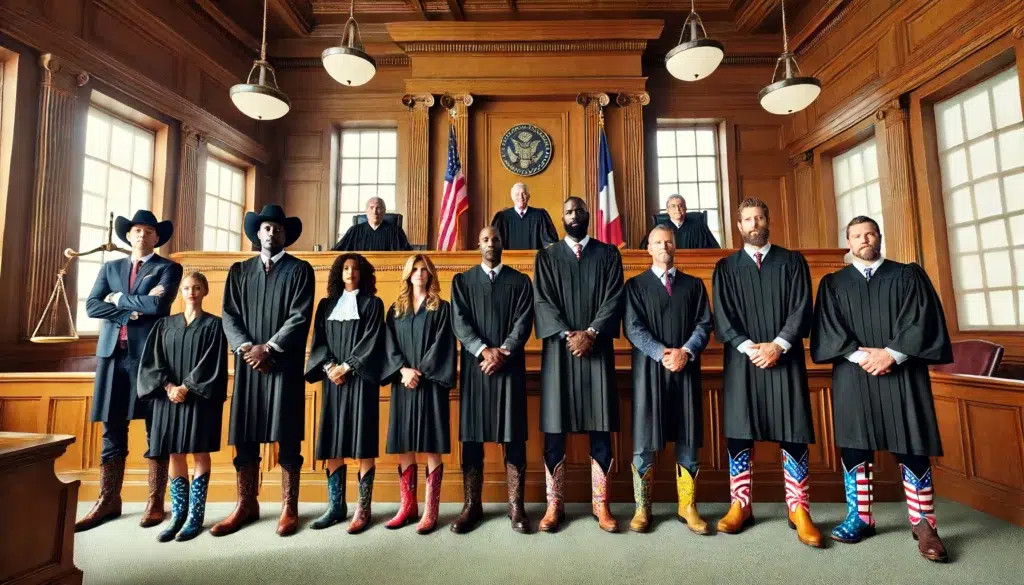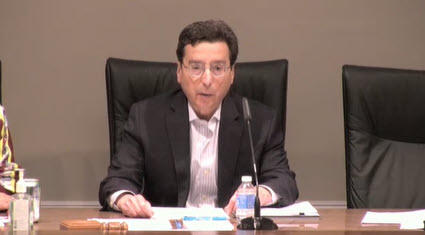Holding Court: Standing Room Only

Holding Court is a series by retired Rye City Court Judge Joe Latwin. Latwin retired from the court in December 2022 after thirteen years of service to the City.
What topics do you want addressed by Judge Latwin? Tell us.
By Joe Latwin

Who can sue?
Article III of the U.S. Constitution gives jurisdiction of federal courts to “Cases” and “Controversies.” The case or controversy requirement limits the role of the Federal Judiciary in our system of separated powers to actual cases and not broad policy issues. Federal courts don’t operate as an open forum for citizens to press general complaints about the way in which government goes about its business.
Justice Scalia memorably said, Article III requires a plaintiff to first answer a basic question: “What’s it to you?” A plaintiff must have standing to sue and cannot be a mere bystander, but instead must have a “personal stake” in the dispute.
Standing assures that the legal questions presented to the court will be resolved, not in the rarified atmosphere of a debating society, but in a concrete factual context conducive to a realistic appreciation of the consequences of judicial action. The standing doctrine also serves to protect the autonomy of those who are most directly affected so that they can decide whether and how to challenge a defendant’s action. The standing requirement means that the federal courts decide some contested legal questions later rather than sooner, thereby allowing issues to percolate and potentially be resolved by the political branches in the democratic process. The standing requirement can lead to some contested legal questions never being decided, leaving many crucial decisions to the political processes, where democratic debate can occur, and a wide variety of interests and views can be weighed.
To establish standing a plaintiff must demonstrate (i) that she has suffered or likely will suffer an injury in fact, (ii) that the injury likely was caused or will be caused by the defendant, and (iii) that the injury likely would be redressed by the requested judicial relief.
An injury in fact must be “concrete,” meaning that it must be real and not abstract. The injury also must be particularized; the injury must affect “the plaintiff in a personal and individual way” and not be a generalized grievance. The injury must be actual or imminent, not speculative — meaning that the injury must have already occurred or be likely to occur soon. When a plaintiff seeks prospective relief such as an injunction, the plaintiff must establish a sufficient likelihood of future injury.
The Supreme Court held 9-0 that certain plaintiff doctors and medical associations that are unregulated parties who sought to challenge FDA’s regulation of a morning after abortion medicine. Specifically, FDA’s regulations apply to doctors prescribing mifepristone and to pregnant women taking mifepristone. But the plaintiff doctors and medical associations do not prescribe or use mifepristone. And FDA has not required the plaintiffs to do anything or to refrain from doing anything. Therefore, these plaintiffs lacked standing to sue the FDA over the regulation. The case was dismissed.
This does not mean the controversy goes away permanently. The lack of standing is not a ruling on the merits of the issue. If a person who can properly claim standing to sue, the case can proceed to the merits.






